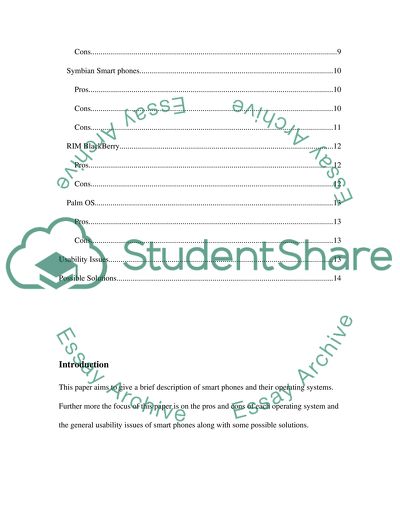Cite this document
(“Usability issues in smart phones Essay Example | Topics and Well Written Essays - 2250 words”, n.d.)
Retrieved from https://studentshare.org/miscellaneous/1545180-usability-issues-in-smart-phones
Retrieved from https://studentshare.org/miscellaneous/1545180-usability-issues-in-smart-phones
(Usability Issues in Smart Phones Essay Example | Topics and Well Written Essays - 2250 Words)
https://studentshare.org/miscellaneous/1545180-usability-issues-in-smart-phones.
https://studentshare.org/miscellaneous/1545180-usability-issues-in-smart-phones.
“Usability Issues in Smart Phones Essay Example | Topics and Well Written Essays - 2250 Words”, n.d. https://studentshare.org/miscellaneous/1545180-usability-issues-in-smart-phones.


